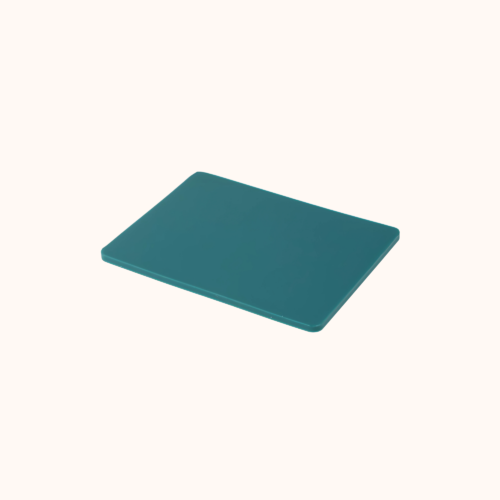One of the most personal and defining aspects of owning a hanko is the name engraved on it. For Japanese nationals, names are naturally written in kanji, but for foreign residents, choosing how to represent your name can be both exciting and confusing. Should you use katakana? Is kanji even an option? And how do you make your name look authentic and appropriate in a culture where names carry meaning and status?
This guide explains how to write your name in kanji for your hanko, along with the other available options—and what they mean for how your seal is viewed and used.

Why Name Format Matters on a Hanko
Your hanko is more than just a stamp. In many legal and business scenarios in Japan, it acts as your official identity marker. The way your name is carved affects whether it will be accepted by banks, employers, and local governments.
There are three main ways to write a name on a hanko:
- Kanji (Chinese characters)
- Katakana (used for foreign-sounding names)
- Romaji (the Roman alphabet)
Each style has its pros and cons, depending on how your name appears on official documents and what you want your hanko to represent.
Option 1: Using Kanji for Foreign Names
While kanji are traditionally used for Japanese names, foreigners can also adopt kanji equivalents based on meaning or pronunciation. For example:
- “John” might be rendered as 丈恩 (a phonetically close kanji representation).
- “Grace” could become 恵礼 (chosen for both sound and meaning).
Pros:
- Looks traditional and elegant.
- Adds a personal and meaningful touch.
- Accepted in most formal settings.
Cons:
- Must be selected carefully to ensure appropriateness.
- Not always aligned with names on your official ID.
- May be questioned during legal procedures if mismatched with your residence card.
Option 2: Katakana – The Safe Choice for Foreign Names
Most foreign residents choose katakana for their hanko, as it aligns with how their names appear in Japanese government systems.
- “John Smith” becomes ジョン・スミス.
- “Maria Garcia” becomes マリア・ガルシア.
Pros:
- Universally recognized for foreign names.
- Easy to match with residence cards and bank records.
- Simplifies administrative acceptance.
Cons:
- Less personalized or meaningful than kanji.
- Can appear informal in high-level business contexts.
Option 3: Romaji – Western Alphabet
Using Roman letters is another possibility, although less common in traditional settings.
Pros:
- Directly represents your name as written on passports and documents.
- Easy for non-Japanese users to read.
Cons:
- Not accepted by many ward offices or banks.
- Considered unconventional for official seals.
How to Choose the Right Script for Your Hanko
Start by considering where and how you’ll use your hanko:
- For banking, rentals, or government forms? Katakana is safest.
- For creative use, branding, or gifts? Kanji can add personality.
- For internal use or identification among foreigners? Romaji might suffice.
If you’re considering kanji, be sure to work with a professional who can suggest characters with both aesthetic beauty and appropriate meaning. It’s best to avoid simply stringing together kanji for phonetic reasons, as they might have odd or negative meanings when combined.
Can You Register a Kanji Name as a Foreigner?
Sometimes. If you’ve officially registered a Japanese alias (通称名 or tsuushou-mei), or if you have permanent residency or Japanese citizenship, you may be able to register a kanji name with the ward office.
However, most foreign residents will need to register their jitsuin (official seal) in katakana to match the name on their residence card.

Getting Help with Kanji Conversion
Many online tools and name dictionaries offer kanji suggestions, but accuracy and cultural appropriateness can vary. HankoHub’s team can help you choose suitable kanji or katakana renderings, ensuring your seal looks authentic and respectful.
Final Thoughts
Choosing how your name appears on a hanko is both a practical and cultural decision. Whether you go with katakana for convenience or kanji for personalization, make sure your choice aligns with how you plan to use the seal.
At HankoHub.com, we guide foreign customers through every step of selecting and customizing their hanko. From proper name transcription to material and script style, we make the process easy and meaningful.
Design your personalized hanko today—crafted with precision, made to last, and tailored just for you. Start now at HankoHub.com.













